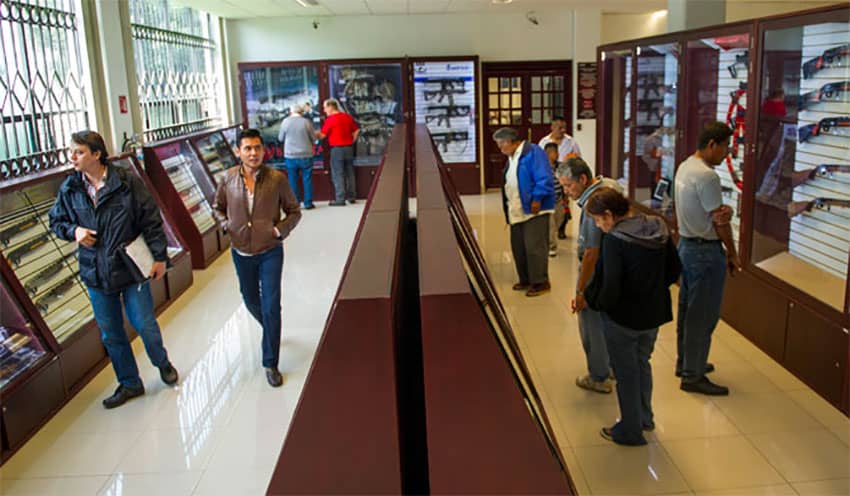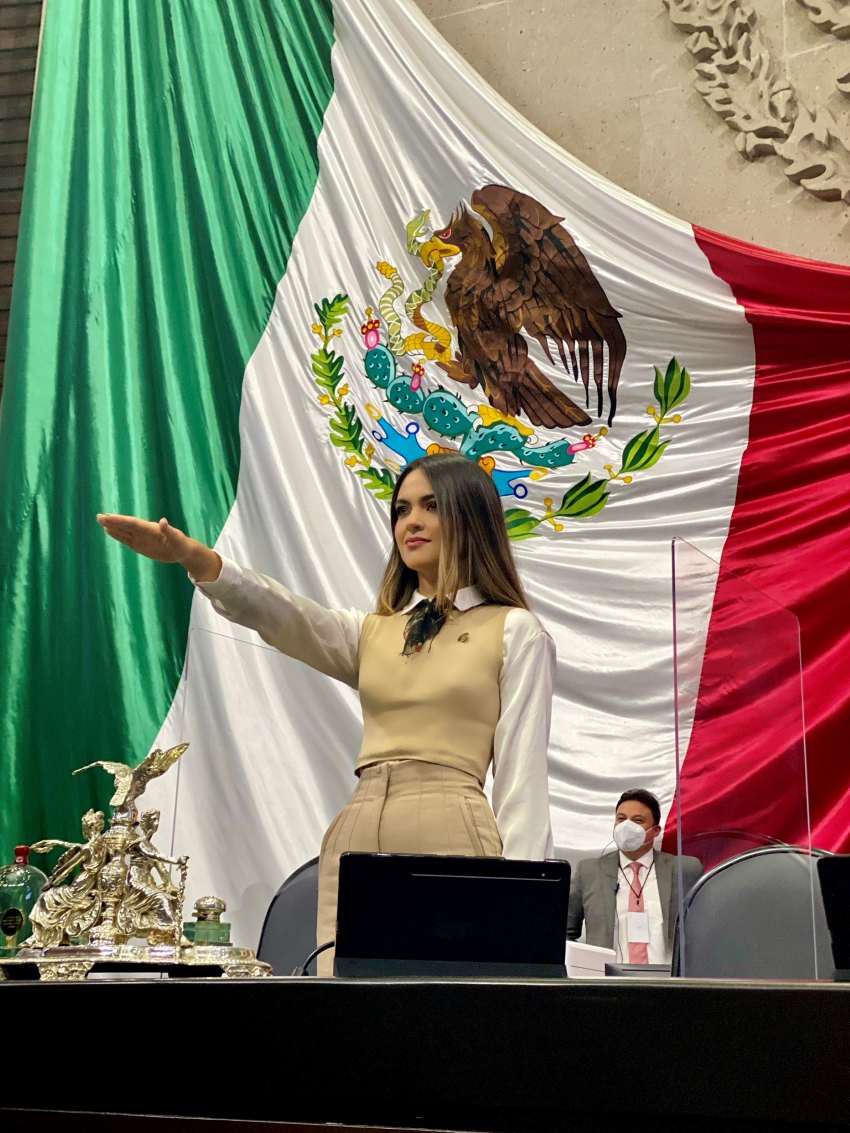I first visited Mexico in 1981 and returned four or five more times before 2005, when my husband and I bought a house in Guanajuato. You’d think that with all these years under my belt that I’d be knowledgeable about the country where I live part of my life. I’m embarrassed to admit that until I did research, I believed some of the common — and unflattering — Mexico stereotypes.
Take crime, for instance. Given the cartel violence in Mexico, I would have expected Mexico to be far more dangerous than the U.S. And in certain areas, it is, but not everywhere. Miami is more dangerous than Mexico City. According to the website Howsafeismexico.com, Mexico City’s homicide rate is 9 per 100,000, while Miami’s is 15 per 100,000.

I’m not alone in believing some of the stereotypes. According to 2024 data from the Pew Research Center, 60% of Americans have an unfavorable view of Mexico. If you’ve made the same mistakes I did, here are six facts about Mexico that may surprise you.
1. Guns
Mexico has only two gun stores in the entire country, both on military bases, issuing fewer than 50 gun permits a year. Unfortunately, there are still plenty of arms in the country, because every year, more than 200,000 guns are smuggled into Mexico from the U.S., many of them ending up used by drug cartels.
Ironically, the flow of weapons southbound is empowering the same organizations that smuggle drugs north across the U.S. border.
2. Mexican higher education
Some universities in Mexico are world-class. In 2024, the National Autonomous University of Mexico (UNAM) ranked 93rd of 1,300 universities in the world, according to the journal Quacquarelli Symonds (QS). In Latin America, it ranked second that year only to the University of São Paulo in Brazil, which ranked 85th.

Meanwhile, for the last eight years, the Tecnológico de Monterrey, Mexico’s MIT, has been ranked in the top 200 out of 1,673 prestigious universities in the world.
While public university students in Mexico have to pay for add-ons like housing, food, textbooks, and their actual diplomas, tuition itself is free; in fact, the Mexican constitution forbids public universities from charging tuition. Wouldn’t debt-ridden graduates in the U.S. dream of that?
Not only that, but the Mexican government is very generous with becas, or scholarships. Several of our Spanish teachers spent a couple of semesters studying in Europe or the U.S., fully paid for by the Mexican government.
3. Mexico’s economy
The 10th largest country in the world, Mexico has an economy ranked in the top 15 globally, according to the World Bank, which classifies Mexico as an “upper middle income economy,” along with such countries as Turkey, Argentina, Belize, Brazil, Costa Rica, and Colombia.
Unfortunately, while Mexico has a large and relatively diverse economy, it also has growing income inequality.

4. Attitudes towards gay and reproductive rights
Mexico supported gay rights long before the U.S., decriminalizing sodomy in 1871, 124 years before the U.S. in 2003. Mexico City was the first Latin American city to legalize same-sex marriage in 2010, and same-sex marriage is now legal in all 32 states of Mexico.
As for abortion, in 2021, Mexico’s Supreme Court decriminalized abortion nationwide, that is, no one can be imprisoned for having an abortion. Despite the Supreme Court’s ruling, however, abortion is still considered a criminal offense in 18 states where state legislatures have been slow to decriminalize it.
5. Average age and gender of top government leaders
Age was clearly an issue in the last U.S. presidential election. If Americans prefer younger candidates, they should move to Mexico! At 62, Mexico’s President, Claudia Sheinbaum, is 16 years younger than President Donald Trump, who is 78.
The same holds true in the Mexican legislature. The average age in Mexico’s Chamber of Deputies is 48 years old (six years younger than their counterparts in the U.S. House of Representatives). Meanwhile, the average age of Mexican senators is 54 — a full 10 years younger than the average age of U.S. senators, which is 64.3.

As for gender, more than 50 percent of the seats in the Mexican Congress are held by women, one of only six countries in the world holding that status. This places Mexico among the world’s leaders in gender equality in politics. In the U.S., only 28%, or 155 women, serve in the House and Senate.
6. Immigration
While I wasn’t surprised that the largest immigration group in Mexico is U.S. citizens, I didn’t expect the second largest to be Guatemalans. Other large immigrant groups include people from the Spanish-speaking world — Venezuela, Colombia, Honduras, Cuba, Spain, El Salvador and Argentina.
Over 2.5 million people of African descent, who came to Mexico as slaves, live primarily in the coastal areas of Veracruz, Oaxaca, and Guerrero. Another million people of Chinese descent live mainly in Mexicali and Mexico City, while about 9,000 Koreans live in Mexico City.
Mexico has one of the largest Lebanese diasporas in the Americas, somewhere between 400,000 and 700,000 people, living primarily in Mexico City, Monterrey and Guadalajara. They began arriving in the late 19th and early 20th centuries, seeking economic opportunities and fleeing religious persecution. Well-known Mexicans of Lebanese descent include business magnate Carlos Slim and actress Salma Hayek.
As these facts attest, Mexico not only is endowed with rich traditions, cuisine, art and music but also is a forward-thinking, diverse, increasingly egalitarian and progressive nation.
Louisa Rogers and her husband Barry Evans divide their lives between Guanajuato and Eureka, on California’s North Coast. Louisa writes articles and essays about expat life, Mexico, travel, physical and psychological health, retirement and spirituality. Her recent articles are on her website, https://authory.com/LouisaRogers
